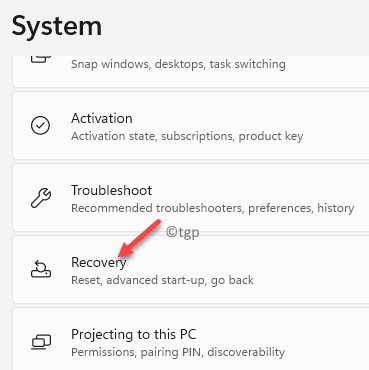

- CPU TEMPERATURE FAN GEEK TOOLS SCRIPT UPDATE
- CPU TEMPERATURE FAN GEEK TOOLS SCRIPT WINDOWS 10
- CPU TEMPERATURE FAN GEEK TOOLS SCRIPT PASSWORD
The controller expects such a command to return a newline-delimited list of numbers parseable as floats. This controller can monitor the temperature and change the fan speed of remote hosts too: the only caveat is that you'll need to extract the temperatures via an external command. For example: with a Threshold2 of 37☌ and an hysteresis of 3☌, the fans won't slow down from Threshold3 to Threshold2 speed until the temperature reaches 34☌. If hysteresis is set for a given host, the controller will wait for the temperature to go below ThresholdN - hysteresis temperature. Condition Fan speed Tavg ≤ Threshold1 Threshold1 Threshold1 Threshold3 Automatic It will then follow this logic to set the fans' speed percentage or engage automatic (hardware managed) control. interval seconds the controller will fetch the temperatures of all the available CPU cores, average them and round the result (referred to as Tavg below).
CPU TEMPERATURE FAN GEEK TOOLS SCRIPT PASSWORD
The password used to login to this remote system's iDRAC. The username used to login to this remote system's iDRAC. The iDRAC hostname/IP of this remote system. A command that will be executed to obtain the temperatures of this remote system. remote_temperature_command For remote hosts only. speeds A list of three speeds (in %) at which fans will run for the correspondent threshold. temperatures A list of three upper bounds (in ☌) of temperature thresholds. Prevents rapid speed changes, a good starting value can be 3. hysteresis How many degrees (in ☌) the CPUs' temperature must go below the threshold to trigger slowing the fans down. interval How often (in seconds) to read the CPUs' temperatures and adjust the fans' speeds. debug Toggle debug mode (print ipmitools commands instead of executing them, enable additional logging). Remote hosts must also contain both the remote_temperature_command string and the remote_ipmi_credentials structure. If the hysteresis key isn't specified, its value is assumed to be 0.

Each of them must contain a temperatures and a speeds lists at a minimum, both of exactly three values. The first one contains global options the second one, hosts, is a list of hosts to manage. The file is made of two main sections, general and hosts. You can tune the controller's settings via the fan_control.yaml file in the installation directory. If a configuration file already exists, it will be renamed with a.
CPU TEMPERATURE FAN GEEK TOOLS SCRIPT WINDOWS 10
This should load your BIOS / UEFI interface, which for many Windows 10 users will include a CPU temperature readout.The default installation path is /opt/fan_control and the service will be installed as rvice. This is also where you can view the system restore and startup settings, as well as other recovery options. It should interrupt just before your typical boot and login procedures, and it will provide several advanced startup options. Your device will power down as usual and begin to restart. Scroll down to the Advanced startup heading and select the Restart now button.
CPU TEMPERATURE FAN GEEK TOOLS SCRIPT UPDATE
The new sidebar should load alongside the Update & Recovery panel. Select the Recovery tab in the left sidebar.Scroll down to the Update & Recovery tab at the bottom of the Windows Settings index.This will open a new index and search bar under the Windows Settings header. It should be just above the Taskbar icon and your PC’s shutdown options.

Select the Settings button, indicated by a white gear icon.Open the Windows Taskbar at the lower left corner of your screen.It’s also important to remember that different methods may only apply to some users. In this procedure, you’ll rely on your device’s BIOS or UEFI (the contemporary equivalent of a BIOS interface) to check CPU temperature, as well as other hardware information and settings.

First, let’s look at the DIY method for checking CPU temp on a Windows 10 computer.


 0 kommentar(er)
0 kommentar(er)
